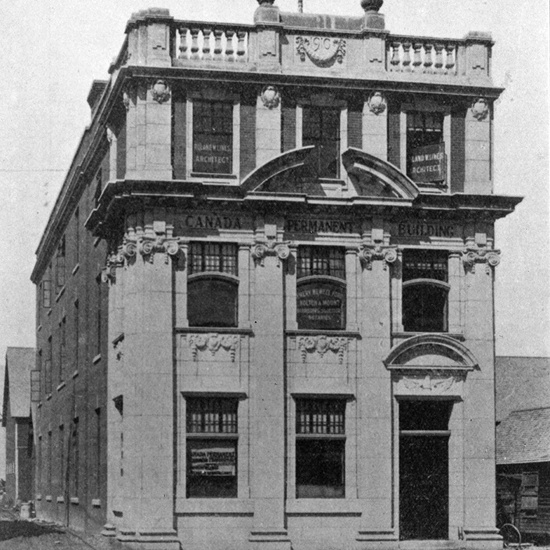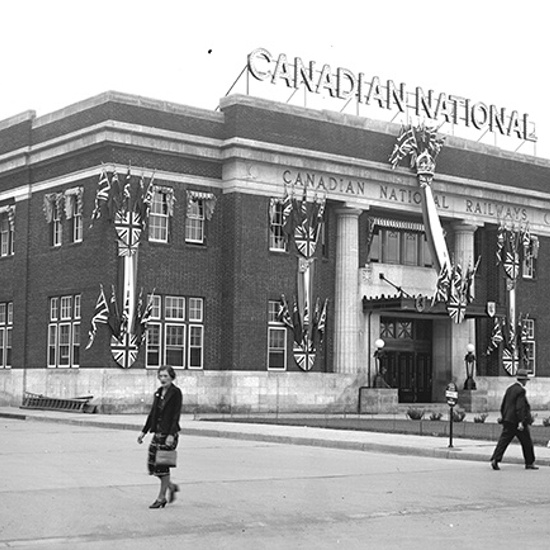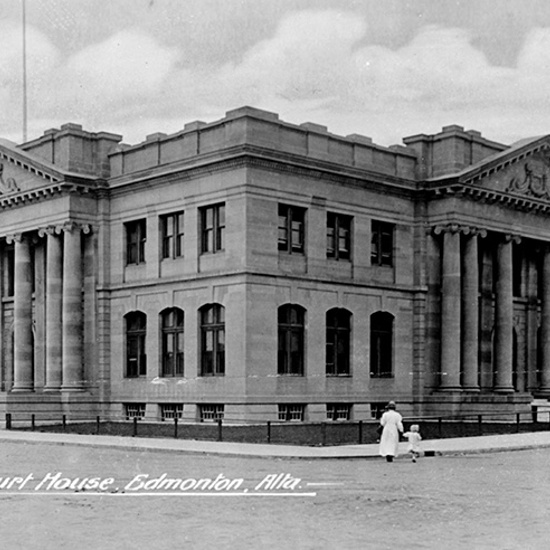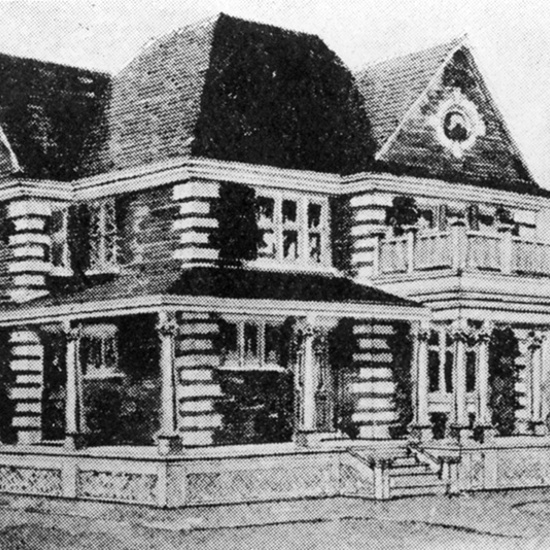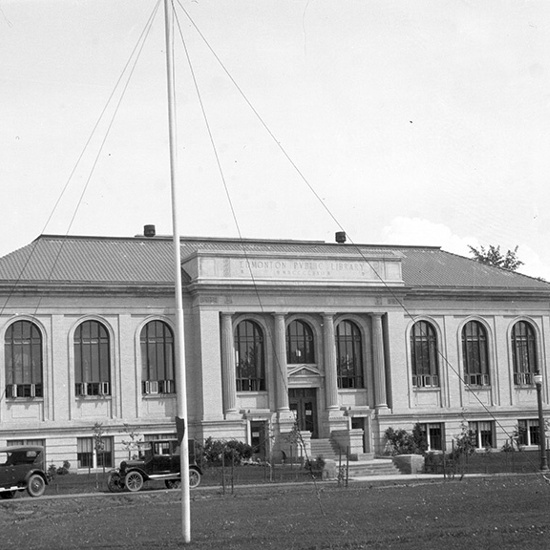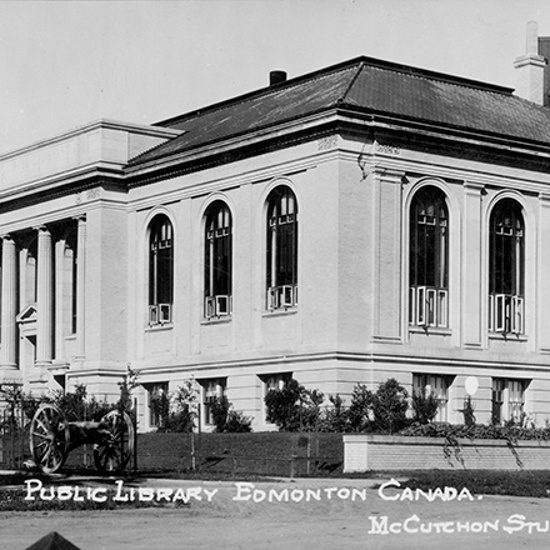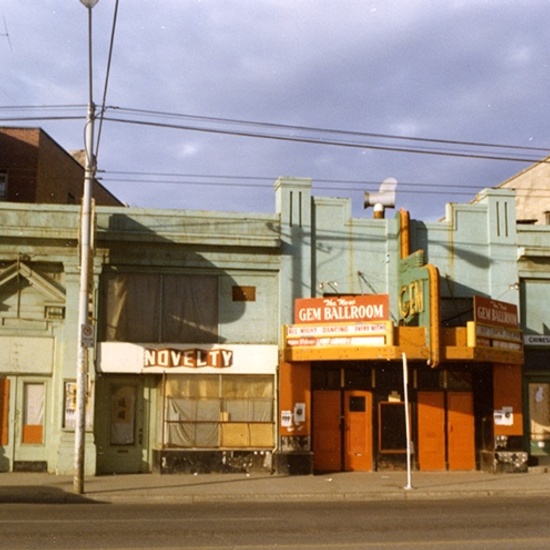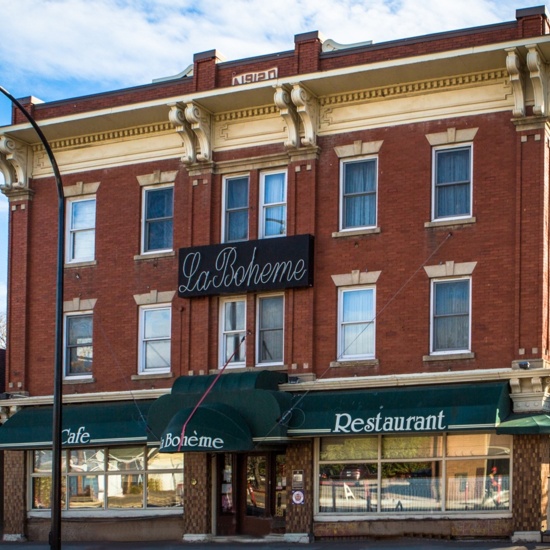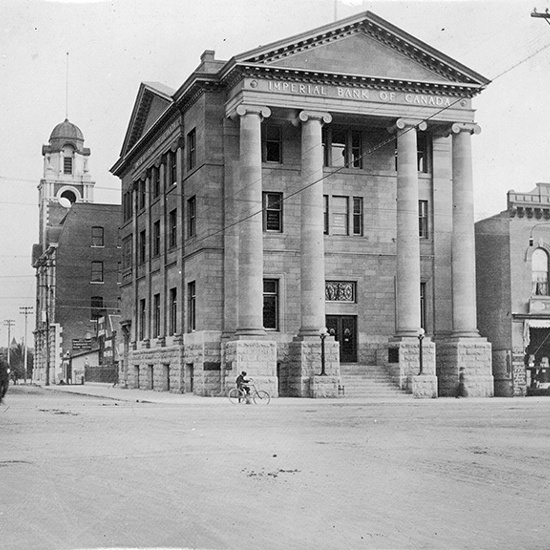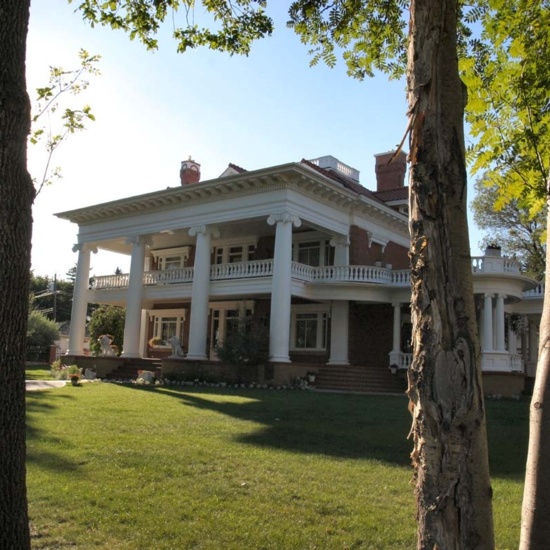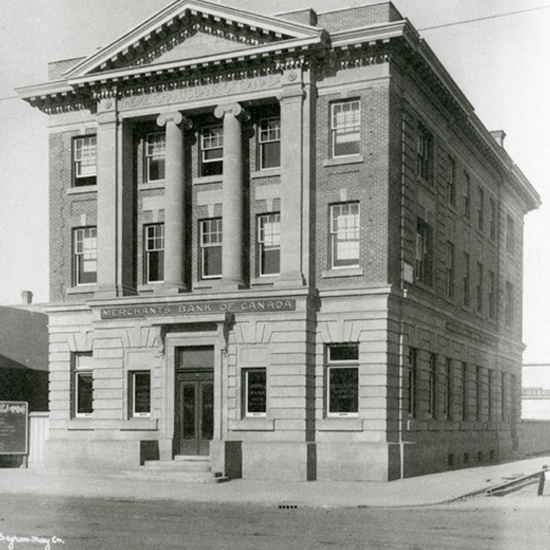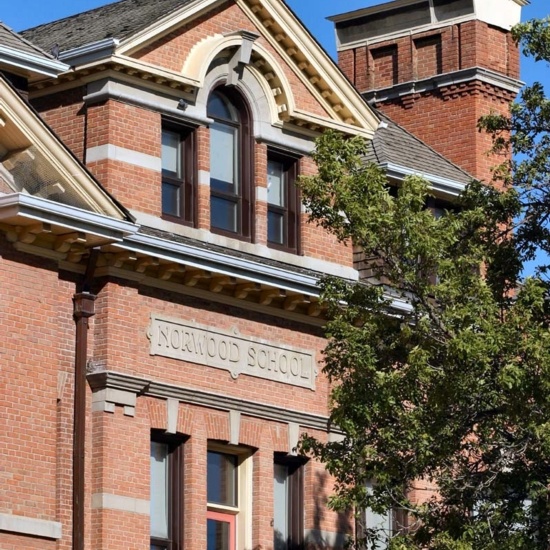Classical Revival
Classical Revival architecture is a romantic style that makes use of elements found in Greek and Roman buildings from antiquity.
Classical Revival architecture is a romantic style that makes use of elements found in Greek and Roman buildings from antiquity.
Popular in Edmonton from 1905 to 1915, the style combines classical architecture from ancient Greece and Rome with ideas from the Renaissance. Characterized by order, symmetry, formal design, grandiosity, and elaborate ornamentation, this style of architecture represented an appearance of strength and stability. Due to the size and grandeur of the buildings, the Classical Revival style is most commonly seen in public buildings, though some residences display elements as well. The intricate and ornate detailing is quite impressive when compared to many of the other simpler styles of the time.
Characteristics
- Broad expanses of plain wall surface
- Masonry walls (usually light in color)
- Decorations include quoins, pilasters, columns, garlands, floral patterns and shields
- Symmetrical facades
- Arches or lintels above doors and windows
- Porticos supported by classical columns
Details
Structures
Alberta Legislature Building
Canada Permanent Building
Canadian National Railway Station-1928
Court House
Downtown Post Office
Duggan Residence
Edmonton Public Library
Gem Theatre
Gibbard Block
Imperial Bank
Magrath Mansion
Merchants Bank of Canada
Norwood School
Architects
Robert Percy Barnes
Richard Palin Blakey
Taylor, Hogle and Davis
Gordon Wynn
Peter Rule
John Rule
Roland Lines
George Heath Macdonald
Herbert Alton Magoon
Allan Merrick Jeffers
Ernest William Morehouse
John Schofield
Unknown
Magrath-Holgate Company
Rule Wynn Rule
Time Periods
Neighbourhoods
Character Defining Elements
Arched Windows, Architrave, Balconette, Balcony, Balustrade, Brackets, Brick cladding, Brick structure, Carving, Chimney, Clock tower, Columns, Cornice, Cupola, Date stone, Dentil, Dome, Entablature, Flat roof, Giant columns, Hipped dormers, Hipped roof, Intersecting gable roof, Irregular footprint, Keystone, Lintel, Mansard roof, Marquee sign, Nailed frame structure, Oculus window, Parapet, Pediment, Pendant, Pilaster, Plinth, Porte cochere, Portico, Pyramidal roof, Quoins, Rectangular footprint, Reinforced concrete structure, Returned eaves, Rock-faced stone, Rusticated stone, Scagliola, Skylight, Smooth stone, Stepped parapet, Stone cladding, Stone structure, String course, Stucco cladding, T shape footprint, Three storeys or more, Two storeys, Veranda

